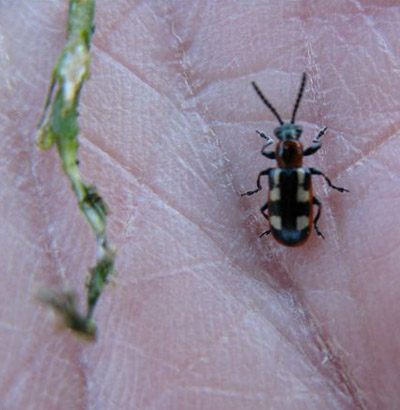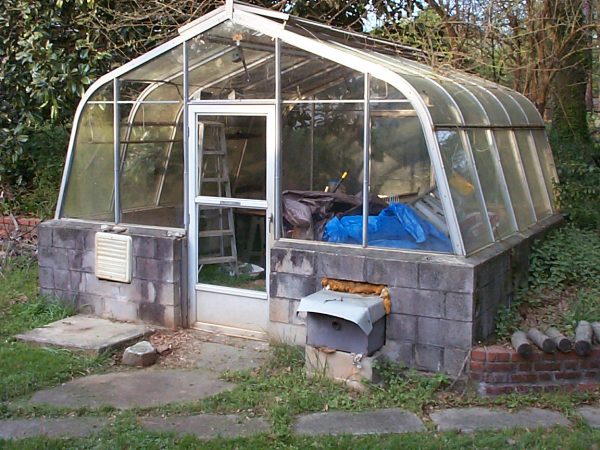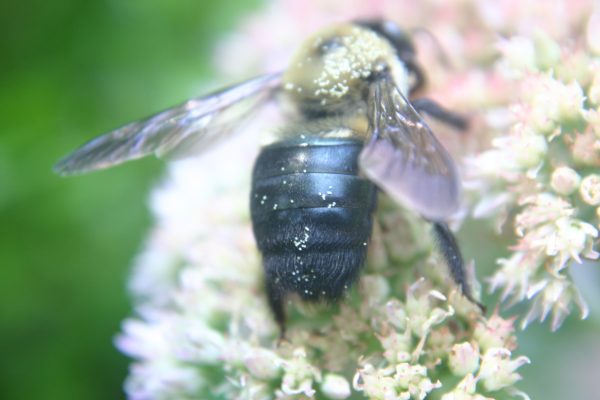Watersaver RTF – Homeowner Comments
When turf companies market a brand new grass without submitting it to long-term University trials in Georgia, I’m at a loss to know whether to recommend their grass for use by homeowners.
In the summer of 2005 I asked for radio listeners’ experiences with several new grasses.
It is important to note that this was not a scientific survey and the comments listed here may not reflect reality. It is not my intent to disparage a grass…only to present the comments of real-life users.
Below are the comments I received on RTF fescue, also known as ‘Labarynth’.
——————–
Last Sept. I planted a mixture of Rebel Supreme and RTF in my backyard. I had many bare spots where I had tried to grow Fescue for the last two years. At this time most of those bare spots are filled in and others are much smaller. I am confident that the RTF is the reason. I am going to do the same thing this fall in my front yard.
Nonerl T.
——————–
I have used water saver RTF and liked it the first fall very much. Now I have combination of fescue grasses in my yard as some areas did not come back as well…We had Roundup applied to our entire yard, dead grass removed and plowed up and leveled before we used water saver the first time. I think that Water Saver does stay green longer in the summer heat…We have an irrigation system…
Lois M.
——————–
I used the Watersaver RTF fescue in the fall of 2003 as a partial re-seed and again in the fall of 2004 as an overseed. Both experiences were quite satisfactory. It seems to handle drought a little better and much better at “filling in” bare spots than any other fescue I have used. I cannot see much difference in it’s resistance to typical fescue fungus diseases, however it’s resilience is quite good. I will use it again this fall as an overseed for winter color, but plan to switch to zoysiagrass next spring.
Tom W.
——————–
I planted about 4,500 sq. ft of ‘Plantation’ sod approx. 2 and ½ year ago at my home in Ball Ground. I was experimenting with owning 4 Siberian huskies and wanting a good durable grass for a sloping backyard with variable levels of sun through the year. The rain helped the sod, but during the course of the year it suffered at the paws and urine of my pack. Being faced with the decision of having an annual “top dress,lime,overseed, and wheat straw” party in the fall, I decided to look into the new seed. My back yard is fenced in (90 ft x 192 ft)by 6ft wooden fence and the air stagnates a little in this area under certain weather patterns. I figured this out due to the brown patch and other fungus problems that I had to treat on the original ‘Plantation’ sod, not to mention the effects of the dogs.
I overseeded with about 25 lbs of RTF and dropped about 7 bags of lime and one bag of starter fertilizer to cover 5,000 sq. ft. Compared to this time last year, I have about 75% less dead patches than any year before. This will be the 3rd summer this yard has seen. I have had to use significantly less water, even before this rainy July. I really noticed the increased density of crown coverage after just one season by comparing photos I have made. The only drawback of overseeding with this seed is that it is significantly coarser than the fine turf types and can and will be mistaken for a weed if left to grow too tall. Also, the color is a little bit paler compared even to K 31. If folks are just looking for good even coverage, this grass is great.
Eric K.
——————–
RTF was not very high on my list in the beginning, BUT I am beginning to change my mind. It appears at this time to hold up to the dry and hot conditions of south Georgia better than many of the other fescues. I am amazed how good it looks in the field currently compared to the Rebels and Plantation, Atlanta Blend , etc. Today I am going to rate it as high as or higher than the others. The only discount is the color is not as green as the previous mentioned varities.
Written by a large-scale sod producer
——————–
I tried the Watersaver RTF, and found it to be only marginally better than regular fescue blends for the South. It claims to include running varieties (as opposed to clumping), which I had hoped would fill in the bare spots that fescue tends to get, especially in the shade. I had no luck, and have since switched to St. Augustine.
Annette Q.
——————–
I have used this grass many times. It does well in sun and so-so in shade. It is not a good grass for dogs. I have two bloodhounds and they do not mix well.
DGM
——————–
I tried Watersaver RTF a coule of years ago in a section of my fescue back yard and was not very impressed with the product. At the same time in I overseeded ‘Southeast’ tall fescue in the remaining portion of the back yard and it seemed to do a lot better and the appearance seemed good. I am planning on testing the ‘Thermal Blue’ and ‘Plantation’ this season. Over 10yrs I have tried several seed varieties and have not found the magic one.
——————–
I am a landscape contractor, so the performance of turf is paramount. Watersaver RTF does not appear to reseed itself, spread, and/or tiller like any other fescue. It handles the heat no better than rebel II, or anything else. To boot, it is at least 20% more costly than my other options. In addition, it is not sold at the wholesale outlets that I frequent.
Jowell T.
——————–
I planted Watersaver RTF last fall. I don’t think it’s done any better than the other fescues, and it certainly hasn’t “spread” as it claims to.
Robb N.
















